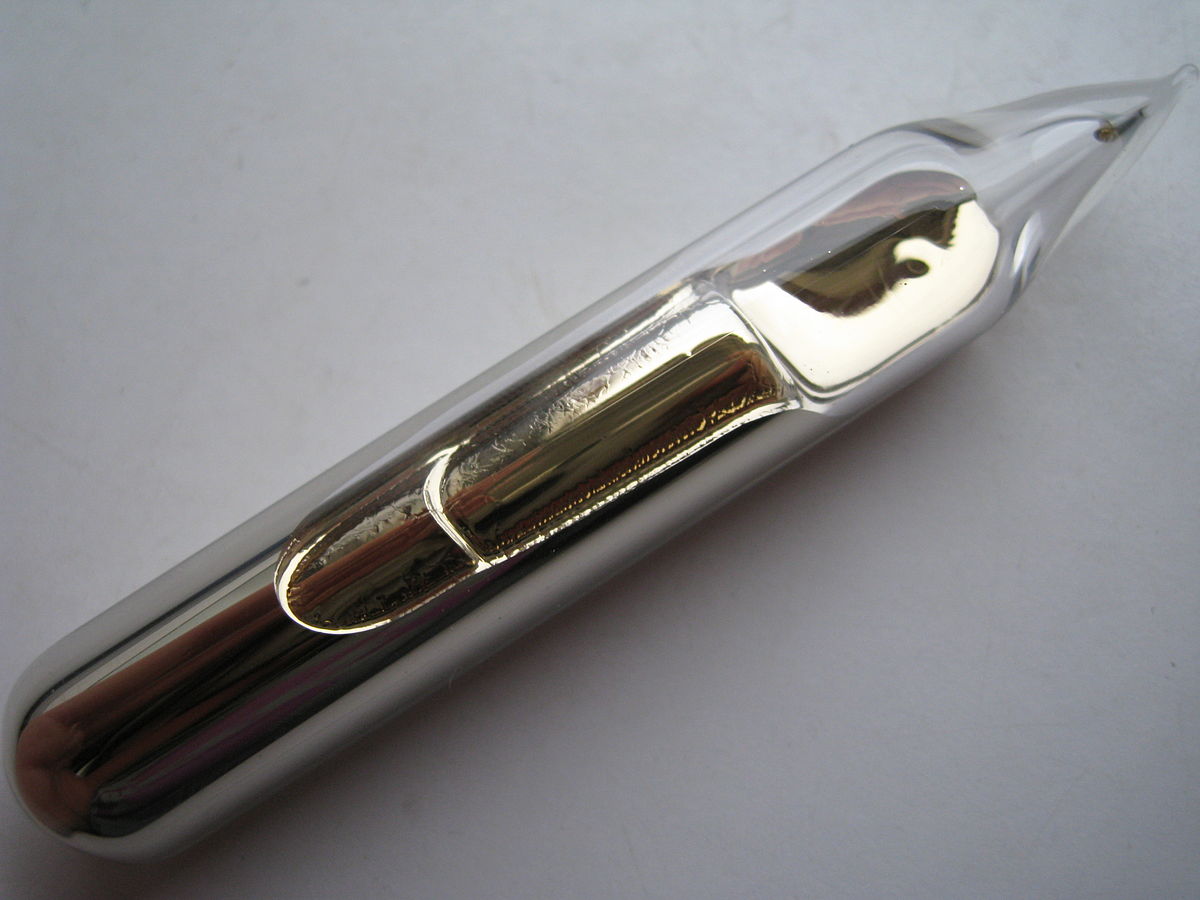

The symbol reflects the use of the element in highly accurate atomic clocks.
| Density | 1.873 |
| Melting Point | 28.5°C |
| Boiling Point | 671°C |
The most common use for caesium compounds is as a drilling fluid. They are also used to make special optical glass, as a catalyst promoter, in vacuum tubes and in radiation monitoring equipment.
One of its most important uses is in the ‘caesium clock’ (atomic clock). These clocks are a vital part of the internetand mobile phone networks, as well as Global Positioning System (GPS) satellites. They give the standard measure of time: the electron resonance frequency of the caesium atom is 9,192,631,770 cycles per second. Some caesium clocks are accurate to 1 second in 15 million years.
Caesium was almost discovered by Carl Plattner in 1846 when he investigated the mineral pollucite (caesium aluminium silicate). He could only account for 93% of the elements it contained, but then ran out of material to analyse. (It was later realised that he mistook the caesium for sodium and potassium.)
Caesium was eventually discovered by Gustav Kirchhoff and Robert Bunsen in 1860 at Heidelberg, Germany. They examined mineral water from Durkheim and observed lines in the spectrum which they did not recognise, and that meant a new element was present. They produced around 7 grams of caesium chloride from this source, but were unable to produce a sample of the new metal itself. The credit for that goes to Carl Theodor Setterberg at the University of Bonn who obtained it by the electrolysis of molten caesium cyanide, CsCN.